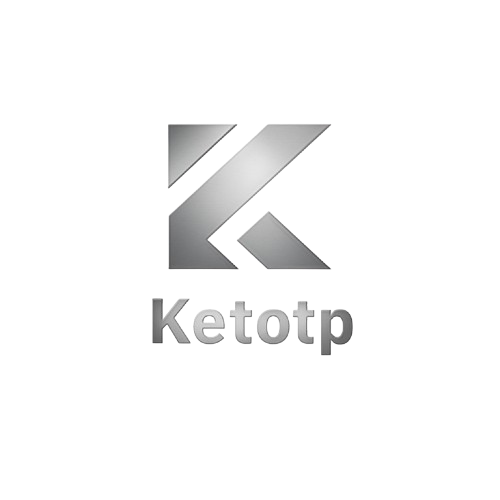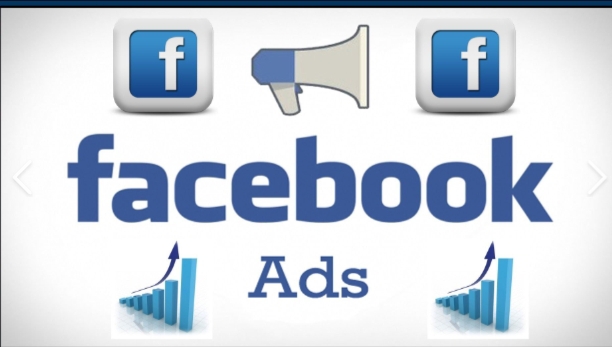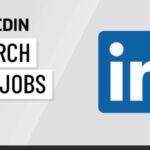Running Facebook ads in 2026 isn’t the same as it was just a few years ago. The platform has evolved—audience behavior has shifted, ad formats have diversified, and Meta’s algorithm is more AI-driven than ever. But the good news? You can still generate powerful results if you follow what works now.
This detailed guide walks you through how to run Facebook ads using the best working method in 2026—from strategy and setup to targeting, testing, and optimization.
Why Facebook Ads Still Work in 2026
- Massive Reach: Over 2.9 billion active users across Facebook and Instagram.
- Advanced Targeting: Behavior, interest, lookalike, and custom audience options.
- Affordable CPMs: Still cheaper than Google Ads in many niches.
- Full Funnel Control: Build awareness, engagement, and conversions in one ecosystem.
Step 1: Set Up a Business Manager Account (If Not Already).
Steps:
- Visit https://business.facebook.com/
- Create or log into your Business Manager account.
- Add your Facebook Page and Ad Account.
- Connect Instagram if running IG ads too.
- Set up Meta Pixel for conversion tracking.
Meta Business Suite is the central hub for managing ads, pages, pixels, and permissions.
Step 2: Install Meta Pixel or Conversions API (Essential in 2026)
With iOS restrictions and data privacy rules, conversion tracking via Meta Pixel + Conversions API is essential.
Setup:
- Go to Events Manager in Business Suite.
- Select Web Events > Add Events.
- Choose both Pixel (browser-based) and Conversions API (server-based).
Use a partner integration like Shopify, WordPress, or use manual API configuration if needed.
Step 3: Define Your Campaign Objective
In 2025, Facebook uses ODAX (Outcome-Driven Ad Experiences). Choose an objective based on real outcomes:
- Awareness: Brand Awareness, Reach.
- Traffic: Website visits.
- Engagement: Likes, comments, video views.
- Leads: Forms, Messenger, WhatsApp.
- App promotion: Installs.
- Sales: Purchases, Add to Cart, Initiate Checkout.
Choose based on where your audience is in the funnel.
Step 4: Build Laser-Focused Audiences
Core Targeting:
- Age, gender, location, interests, behaviors.
Custom Audiences:
- Website visitors (via Pixel).
- Email subscribers or past customers.
- Video viewers (engaged users).
Lookalike Audiences:
- Create 1% to 5% lookalikes based on high-value users.
In 2026, Meta’s AI prefers broad targeting with conversion signals. Test both broad and narrow audiences.
Step 5: Choose the Right Ad Format
Facebook Ads now offer:
- Image Ads: Simple, clean creative with headline & CTA.
- Video Ads: 15–30 second attention-grabbing clips.
- Carousel Ads: Multiple products or features in one swipeable unit.
- Reels Ads: Full-screen vertical video (especially powerful in 2026).
- Collection Ads: For e-commerce stores (integrates with your catalog).
- Lead Ads: Instant forms inside Facebook or Instagram.
Best Performing Format in 2026:
Vertical short-form videos with text overlays + hook in first 3 seconds.
Step 6: Set Budget and Schedule
Options:
- Daily Budget: Spend X per day, lets algorithm optimize.
- Lifetime Budget: Set total for campaign with defined start/end date.
Start small (e.g., $10–$20/day) and scale after testing.
Let campaigns run for at least 3–5 days before making changes.
Step 7: Create High-Converting Ad Copy
What Works in 2026:
- Hook: Strong first line to stop the scroll.
- Value Proposition: Tell users what’s in it for them.
- Social Proof: Testimonials, reviews, stats.
- Call-To-Action (CTA): Clear next step (Shop Now, Learn More, Book Now).
Example:
“Struggling to stay fit working from home? Our AI-driven workouts adapt to your schedule. Try it FREE today.”
Step 8: A/B Test Everything
Variables to Test:
- Ad copy (short vs long).
- Headline variations.
- Creative type (image vs video).
- Target audiences.
- Placements (Feed vs Stories vs Reels).
Use Dynamic Creative if you want Meta to mix and match headlines, images, and text.
Step 9: Monitor Performance With Key Metrics.
Track:
- CTR (Click-Through Rate): Target 1%+.
- CPM (Cost per 1,000 Impressions).
- CPC (Cost per Click).
- CPA (Cost per Action).
- ROAS (Return on Ad Spend).
Tools:
- Meta Ads Manager.
- Google Analytics (for website tracking).
Use breakdown reports to see which age group, placement, or device performs best.
Step 10: Scale Winning Ads
How to Scale:
- Increase budget by 20–30% every 2–3 days.
- Duplicate ad set and test new audience.
- Launch CBO (Campaign Budget Optimization) with top-performing ads.
Don’t touch winning ads too often—let them ride if ROI is strong.
Bonus: Use Retargeting to Close More Sales
Retargeting is still king in 2026.
Retarget:
- Visitors who didn’t convert.
- Video viewers who watched 50%+.
- Add-to-cart abandoners.
Use emotional copy like: “Still thinking about it? Here’s 10% off just for you.”
Final Thoughts
Facebook Ads in 2026 are more AI-driven and data-dependent than ever. But the fundamentals still matter: clear objectives, solid creative, smart testing, and tight tracking.
Follow this blueprint and you’ll avoid wasted budget, stand out in crowded feeds, and turn impressions into conversions.
Next: Want to know the best Facebook ad creative styles for 2026? Stay tuned for our visual strategy guide.














